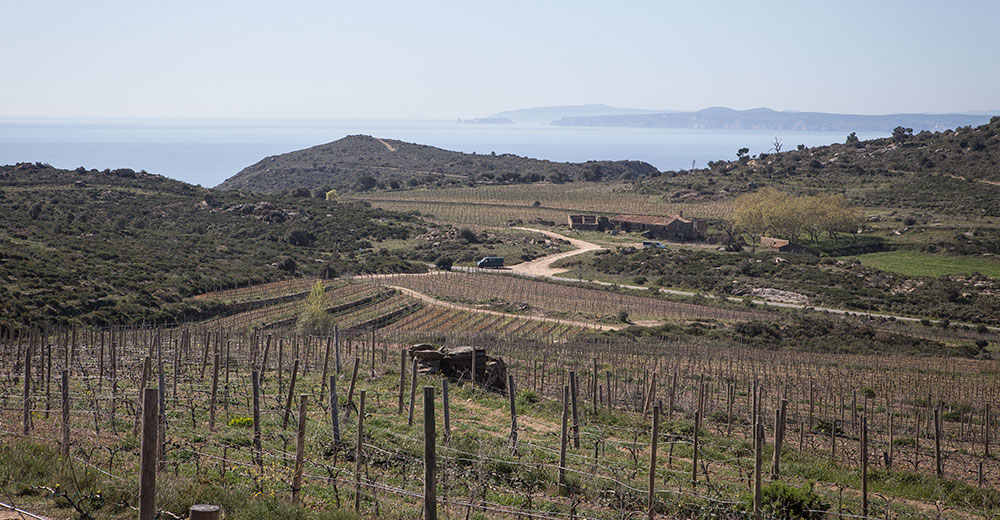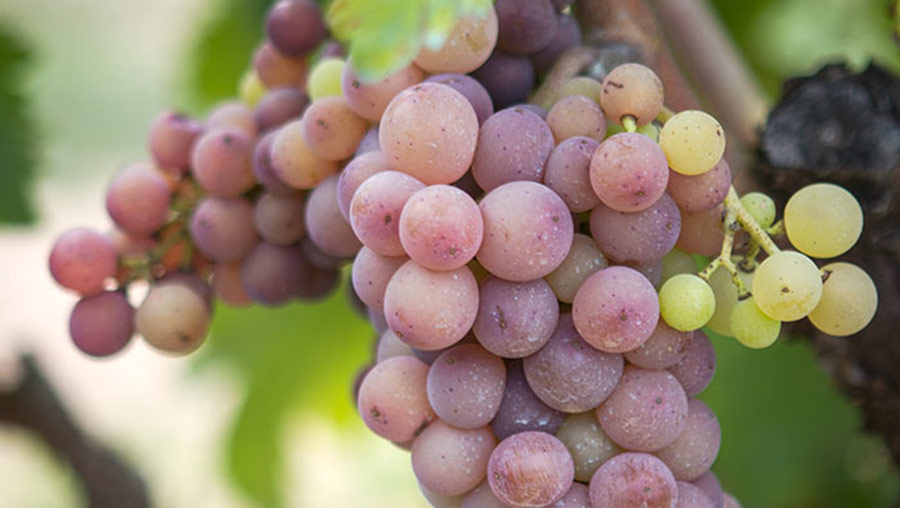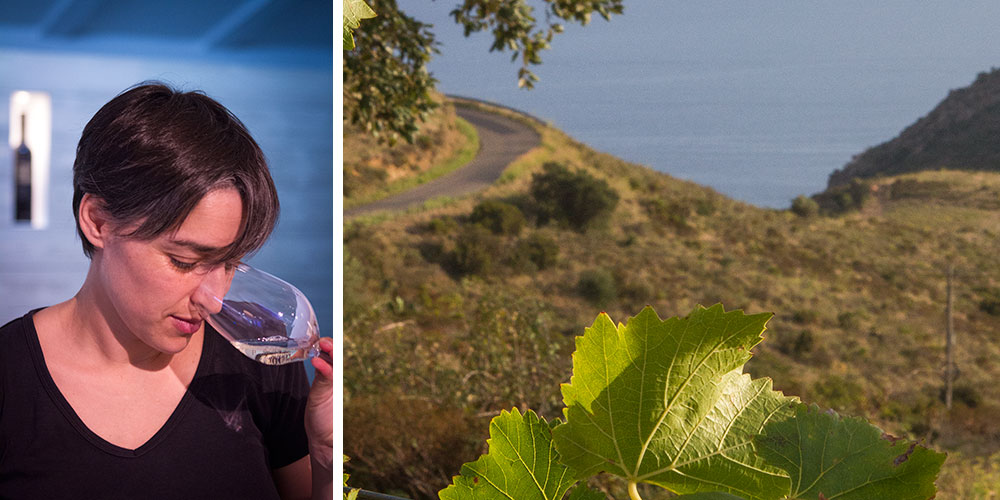This is part one a four-part series on “rebellious” winemakers in Catalunya. Please read Part Two, Part Three, and Part Four
Catalonia of 2017 has no discernible appearance to the ruined post-Spanish Civil War Catalonia of 1939. Generally flush with money from tourism and a robust economy, this northeast corner of Spain is its richest and for centuries has been in a drive to separate from Spain. This rumbling aspect to the nation and its people grants a sense of strong but not always visible flux that penetrates all aspects of life, especially the wine.
When I first visited Catalonia a decade ago, purely as a tourist, it was quite different than the touristic ground zero that it is now. Barcelona was full but not stifling. There were no drunken stag and hen parties in every crevice. There were still charming neighborhood businesses as Airbnb hadn’t yet dug in and gutted the social fabric. The beaches, well, the beaches were the same as they’ve always been. But most importantly, the region of DO Empordà, having just lost the “Costa Brava” from its name was, like others, just starting to find its footing as a quality wine region in Catalonia.
The family winery of Espelt is a very well-known winery in the region that can produce up to a million bottles a year and is easily identifiable by the illustrations of Olympic mascot designer, Mariscal on their labels. Upon visiting for the first time I can’t really remember how many of the wines I tried as my tasting notes have long since made themselves scarce. I can only remember that overall, the wines were good and while clean and modern, lacked a degree of soul. When drinking them, I didn’t immediately sense Mediterranean soils and blustery Tramuntana wind.
After several years of being managed by others outside the family, daughter Anna Espelt took over in 2012. I don’t make it back to Empordà as much as I’d like these days but I had a chance to sit down again with Anna at her cellar and taste the newest vintages of her wines. She told me that 2013 was really the start of the major changes such as now farming 80ha of their vineyards with organic methods. They’ve also been grafting local varieties like Grenache and Carignan on to the French ones they had such as Cabernet Sauvignon and Merlot. Most importantly, she’s been working to push the taste profile of the cellar into what she calls, “a fresh and more natural direction” which also strays away from heavy extraction and new oak.
“Mas Marès is a newer vineyard that we planted in the rugged Cap de Creus Natural Park. It’s all organic and sloped. Difficult to work, it gives us some of our best grapes.” Indeed, it’s a far cry from what you see spread out across the Empordà Plain in front of the winery or up in the foothills leading to France.
It’s there you find their Carignan, an often underappreciated grape which forms the foundation of what is their top wine, Coma Bruna. From centenarian vines planted on slate soils it has always been a good wine, but Anna has seen to making it a great wine, allowing the strained, low-yielding beauty of Carignan leap out at you from the glass. And when tasting various vintages, you can immediately detect a line drawn at 2012 when Anna took over where what was a sleeping giant has fully awoken.
Large wineries are like large boats and turning them another direction takes time but Anna’s steering of this large winery towards what you normally only see in the boutique set is incredibly admirable. The steady, thoughtful push to be better and well, Empordà can be readily seen. Her rebellion is one that’s a constant simmer, never threatening to boil over, while at the same time reducing and distilling everything around her.
Continue to Part Two


